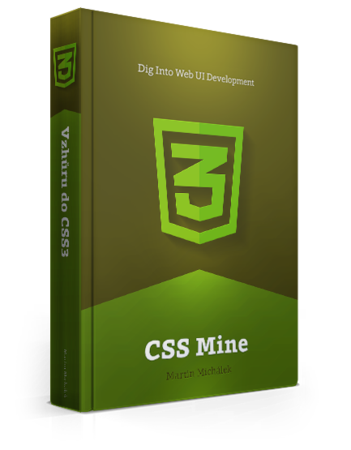LESS, SASS and other preprocessors make the front-end developer’s life a little easier. Preprocessors precede CSS. They add new properties and simplify the code. They then are complied into CSS so all web browsers can understand. It is as simple as that.
Preprocessor Features
Variables
You surely know these from imperative programming languages and you would not believe how handy they can come in when writing CSS.
For example, I can change the primary color of a Bootstrap implementation (using LESS) simply by changing it on another level - using a preprocessor. The LESS notation looks like this:
@brand-primary: #428bca;
@import 'bootstrap/bootstrap';The rival Foundation framework (using SASS) can operate using variable queries.
let’s explain it, shall we? The Foundation framework can operate using a
$medium-up variable which contains an entire Media Query so you do not have to
write it again and again. The SASS notation looks like this:
$medium-up: 'only screen and (min-width: 40em)';
@media #{$medium-up} {
// Your code for viewport width 40em an up
}Nesting
.nav {
// …
@media only screen and (min-width: 768px) {
width: 25%;
}
}This will be compiled into:
@media only screen and (min-width: 768px) {
.nav {
width: 25%;
}
}It seems useless but this is one of the reasons I started to use CSS
preprocessors. When using CSS, most browsers will not understand nested Media
Queries and as a result, you tend to organize your code using Media Queries
alone. Component organization is more favorable though. In the above example,
the .nav module will be the main organizational unit and Media Queries will be
nested in it. That’s what we want.
Mixins
Your CSS code tends to repeat itself. Therefore, mixins are the basic building blocks of CSS, i.e. properties that can be used in various other rule-sets, just by calling a class.
This is a typical use of a non-parametric mixin to force an element to self-clear (LESS):
.clearfix() {
&:before,
&:after {
content: ' ';
display: table;
}
&:after {
clear: both;
}
}
.el {
.clearfix;
}This will be compiled into:
.el {
&:before,
&:after {
content: ' ';
display: table;
}
&:after {
clear: both;
}
}Mixins themselves can also have parameters and that’s where the fun starts!
@import
If you import a partial component written in a preprocessor, the @import
at-rule will not behave as you might expect in CSS, where it creates additional
requests. Moreover, these requests are a pain in the butt because they slow down
the page load, especially on mobile devices.
@import 'module.less';If you import a standard CSS file, the preprocessors will keep the @import directive in the compiled code. You can change this behavior by setting the LESS property:
@import (less) 'fancybox.css';Additional Features
Preprocessors have plenty of additional features. You can take a look at them here:
However, every complex feature makes the code a little less comprehensive. In my experience, I tend to make simpler code and use the most important features of a preprocessor. If you work in a team, simplicity of CSS code is of great importance.
Which Preprocessor to Choose?
In order to make it simple, I will give you two recommendations:
- If you are a novice or a coder mainly dealing with CSS, choose LESS.
- If you are a programmer and you are familiar with Javascript or PHP, choose SASS.
You do not have to take this decision too seriously though. Switching from one preprocessor to another will not give you a headache.
The Disadvantages of CSS Preprocessors
- They are too powerful. Stepping away from dumb CSS leads to elaborated and sometimes imperative code; however it tends to be incomprehensible and hard to maintain. You know what they say about a “good servant but a bad master”, don’t you?
- The code is proprietary – if you are not too particular about how you use a preprocessor, teaching a novice or switching to another preprocessor is a piece of cake. It gets worse if you consider the previous point.
I think that some problems that are now solved by preprocessors will be addressed in the post-processing phase in the near future. So let’s dig into Node.js, shall we?
